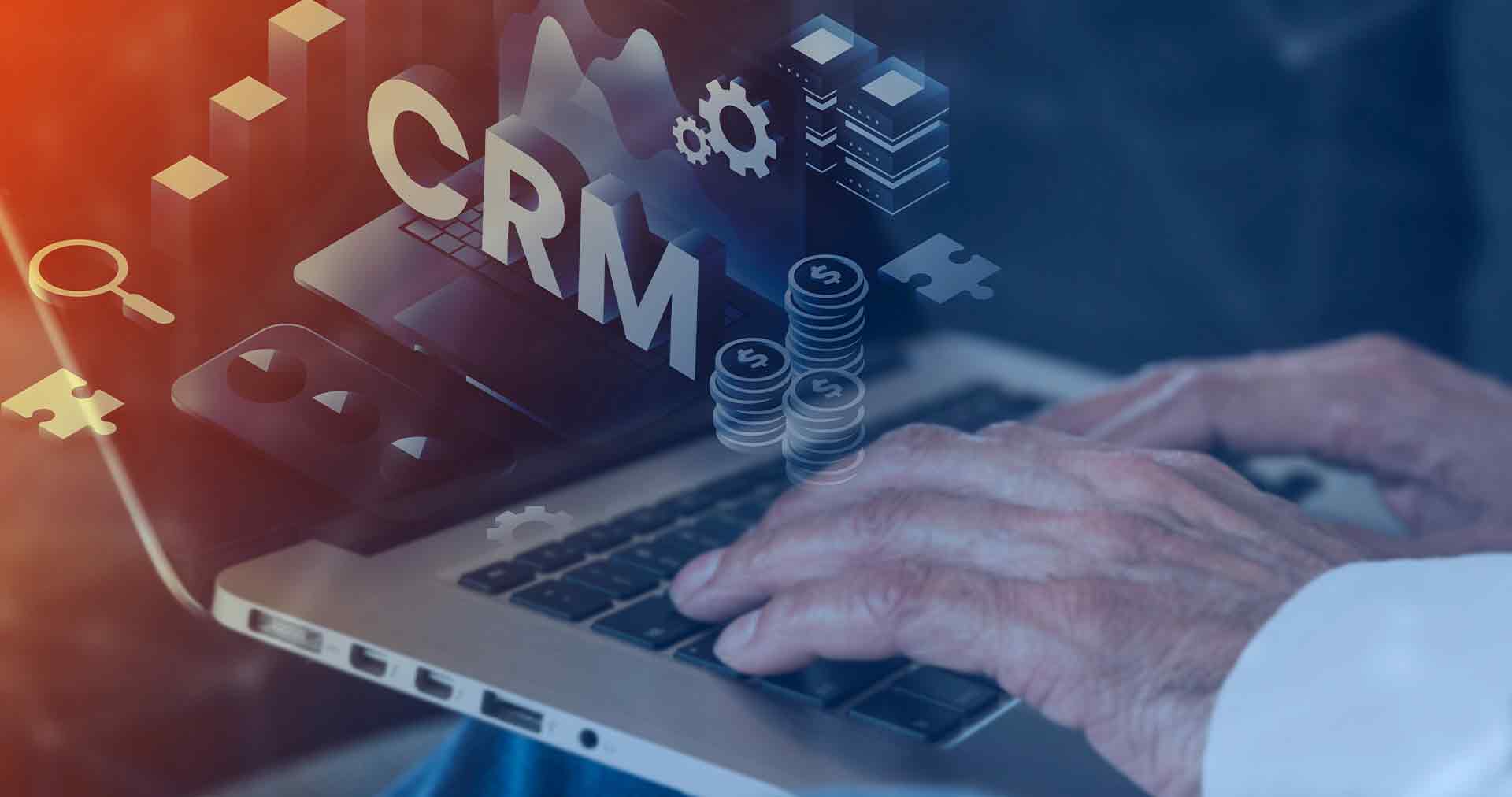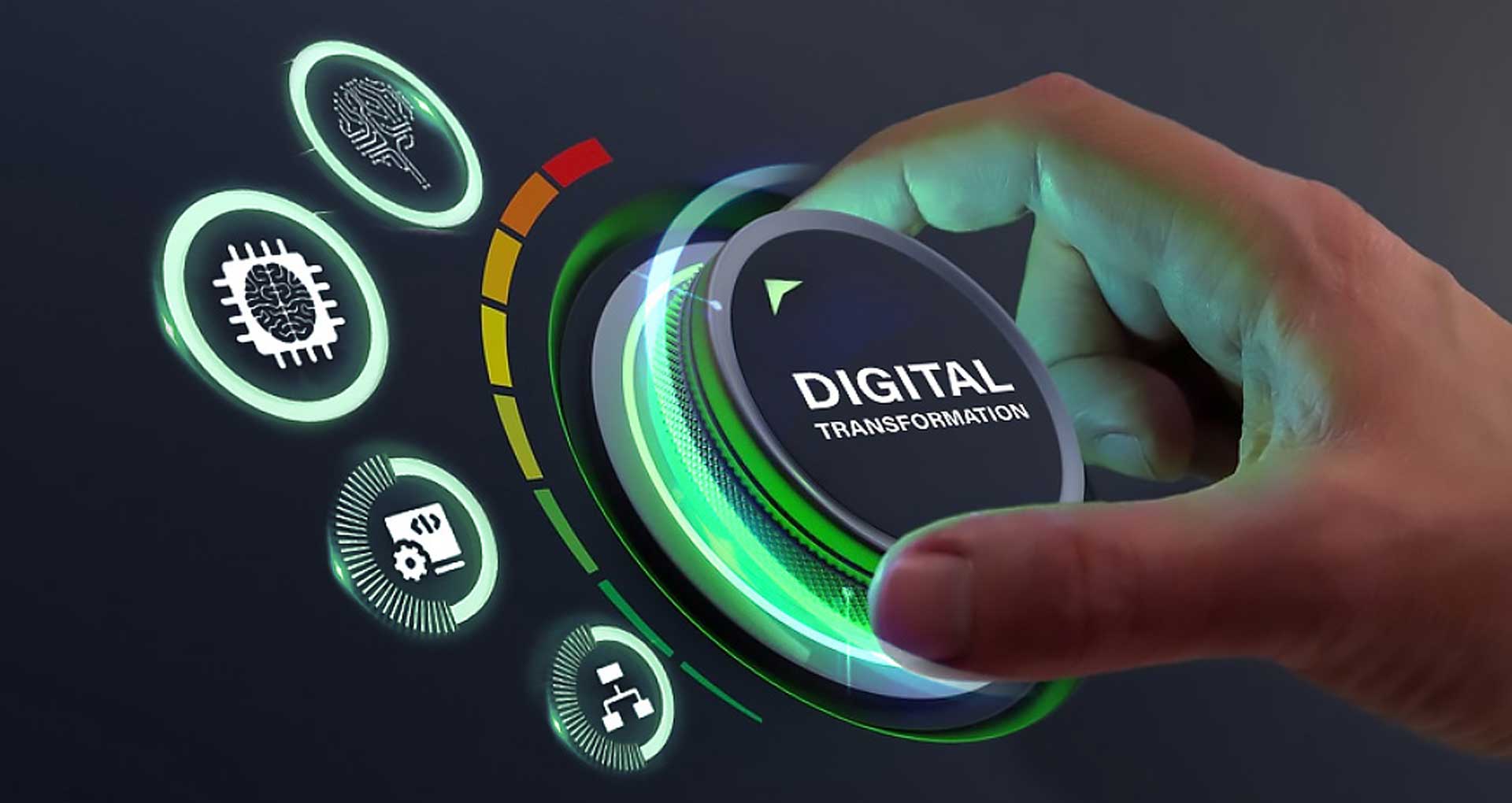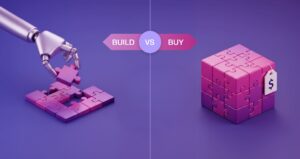Real-time asset tracking allows organizations from asset-intensive industries (e.g., healthcare, manufacturing, transportation & more) to instantly locate physical assets both indoors and outdoors – monitor their condition and usage & optimize asset allocation. Though specifically for large-scale healthcare facilities, increasing the uptime of critical medical assets & improving care facilities are top priorities. But they are often challenged to efficiently track & manage a massive number of medical equipment & resources, especially when they’re movable & scattered.
Choosing to implement a real-time location system (RTLS) would enable them to get complete visibility of assets anytime, anywhere. This is made possible with the use of IoT devices that talk to each other to collect, process & analyze data in real time. This reduces asset search time, prevents loss of equipment, and allows the staff to work more effectively. All of which ultimately lead to improved patient outcomes!
With this article, we’ll explore how hospital asset management using IoT technology can improve the pace, accuracy & efficacy of tracking & optimize asset use.
What is a Hospital Asset Tracking System and Its Importance?
As the name suggests, it refers to a system that helps track equipment or human location within the medical facility to ensure their optimum utilization.
For hospitals and medical facilities that are often spread across multiple sites/locations, managing assets can prove to be a challenging task. Therefore developing & deploying asset-tracking solutions can reduce the instances where an asset is unexpectedly unavailable. Further, tracking down missing assets.
Having the ability to track every single asset throughout one or many facilities can:
- Allow the staff to locate medical equipment quickly and easily
- Reduce procurement costs to replace lost or stolen equipment
- Track the asset’s ROI over time and record a true value
- Ensure accurate asset usage and manage performance data
- Improve management and accuracy of inventory supplies
- Optimally utilize the physical space and organize equipment storage
Today hospital asset tracking adoption is on the rise. This is because healthcare organizations are striving to decrease asset search time, automate asset management workflows, and optimize asset procurement strategy. And, with the Internet of Things (IoT), wireless tracking solutions & real-time location systems working together – the potential impact on the healthcare industry is tremendous.
By implementing an IoT-enabled wireless tracking system the hospitals can;
- Establish a real-time map of all critical mobile assets across their facilities – from patient beds and wheelchairs to defibrillators, infusion pumps, ventilators & portable endoscopy equipment
- Having the accurate location data of medical instruments at their fingertips, staff, swiftly mobilize tools and equipment as required
- Tracking underutilized & unused assets that have been idle or can be effectively pinpointed
The main drivers for the popularity of asset tracking software include;
- Increasing demand for streamlined asset control
- Full visibility of asset location
- Prevented asset theft and misuse
- Timely asset maintenance
Benefits Of Hospital Asset Tracking Software Development
The asset tracking solution enables your medical staff to locate assets on a floor plan map with easy auto-text search. It helps with;
- Assessing whether a said inventory asset is overutilized or underutilized
- Reducing theft and loss of moveable assets
- Automate medical supply and inventory ordering process
- Whether assets are lying unused for a longer duration
- Maintenance and upgrade needs for medical equipment
- Accelerate asset discovery with reliable location records
- Ensure fast & efficient inventory audits
- Drive improvements in patient care quality
Why You Should Develop an IoT-based Hospital Asset Management System
IoT-enabled asset tracking is much faster, offers better location accuracy, and enables efficient tracking of assets. The core benefits of introducing IoT into healthcare operations would include:
- Improving asset discovery through accurate location records
- Automating supply and ordering processes
- Reducing theft and loss of moveable assets
- Tracking asset performance and usability to calculate ROI
- Reducing shrinkage of medical equipment and inventory
- Decreasing downtime of critical assets with scheduled maintenance
In addition to these seamless integrations with other systems, including sensors that can operate outside of BLE networks and collect data via integrated phones using cellular communications, GPS, Wi-Fi connectivity, and location-based services.
How an IoT-powered Hospital Asset Tracking System Works
IoT asset tracking leverages sensors and connected devices to enable remote monitoring and management of an asset’s geo-position and movements. There are many technologies for asset tracking including, Radio Frequency Identification (RFID) tags, Bluetooth Low Energy (BLE) beacons, GPS trackers, ultrasonic sensors & QR codes.
However, when it comes to hospitals, both RFID & BLE beacons have proven to be the most efficient options. They provide real-time asset location data and allow tracking of everything – from PPE to medical instruments and devices.
Architecture
Hospital Asset Management System with BLE tags & WiFi

The asset tracking system can track the locations of assets throughout every ward in the hospital using the existing WiFi infrastructure. However, with separate BLE beacons, we can have location measurements with greater accuracy. Specifically in the emergency room and the storage areas of the wards. The location of each asset and the status of the active tag battery would require a periodic check by utilizing the hospital’s information system where this asset management system can be integrated.
The asset management application comprises 2 applications:
For users (i.e., nursing staff):
- Type and position of the assets on each floor depicted as a bird’s eye view of the entire hospital
- Detailed locations marked clearly on a floor plan
- Provides detailed location information according to the asset status (i.e., onsite, offsite, or borrowed) for each department
For system administrators:
- Provides information regarding the registration and management of target assets,
- Assets’ most recent locations and location histories,
- Whether assets were onsite or offsite
- Their battery power levels for the tags
- Check the status of specific assets and all assets in a registered department using the search filter
Medical Asset Tracking With RFID
- RFID tags: Attached or embedded into hospital assets for sharing their location with RFID readers. They can be either;
1) Active (with an embedded power source to actively send data)
2) Passive (reflect the electromagnetic waves of a reader) - RFID readers: Provide asset location information (hospital corridors, rooms, etc) from RFID tags and send it on to the cloud server via the firewall
- Firewall: Ensures secure transmission of collected hospital asset data between RFID readers and the cloud servers
- Streaming data processor: Helps transfer the input data about hospital assets to the data lake.
- Data lake: Stores large amounts of unstructured data on hospital assets.
- Big data warehouse: Enables storing structured data required for the analysis of hospital asset use, movement, etc.
- Data analytics module: Determines the use of hospital assets & their availability to identify potential usage trends for improving asset management in future
- Staff application (For Nurses, Doctors and Technicians): Enables easy access to the hospital’s asset tracking system, requesting assets, getting location information, usage trends and more.
- System admin application: Allows viewing the list of tracked assets and information related to them. It would include adding new assets, editing asset data, granting access rights to the medical and administrative staff and more
Key Features of An IoT-Based Hospital Asset Tracking Software
When medical assets are not readily available, they remain underutilized. Physicians and nurses may repeatedly require new equipment as the ones at hand could be overused. This also affects maintenance schedules and eventually repairs become the order of the day. To avoid these costs & complications, a comprehensive hospital asset & inventory management solution should integrate the following features:
- Utility Monitoring: Alerts the designated staff in case the equipment is overused. Collects detailed usage data for selected utilities and notifies when the consumption is about to finish to ensure smooth functioning.
- Asset Requisition: Whenever the inventory levels decline to a specific level, the asset management software notifies the responsible staff to re-order without needing them to check the stock manually.
- Utility Tracking: Medical staff can locate assets, and check their availability & status in real-time to ensure necessary medical supplies are always in stock and maintained at optimal levels for uninterrupted operations.
- Secure Data Storage: Stores records like drug & device descriptions, their shelf life, usage history, expiration, maintenance schedule & more. This data can be viewed & edited by system admin & staff with role-based authority.
- Analytics & Reporting: The data can be analyzed on a centralized admin dashboard so hospital supply managers can determine asset usage patterns & accurately forecast demand to optimize its use.
- Inventory QA: Monitors the shelf life of drugs & disposable tools with expiry dates and the service life of the equipment. This data is essential to trigger alerts when repairs, maintenance, and replacements are needed.
- Check-In/Check-Out: Search option filters assets by their name, tags, specialty, and more to save assets from being lost, misplaced, or stolen. It also reduces the time spent on passing out and re-ordering necessary medical supplies.
- Maintenance notifications: Eliminates the need to manually track & schedule periodic reminders for medical assets that need repairs and maintenance. It rules out the possibility of missing out on scheduled maintenance & extends equipment service life.
Rishabh’s IoT Experience With Hospital Equipment Tracking System Integration
Case Study: IoT-Enabled Asset Tracking for Intelligent Healthcare
A UK-based indoor mapping service provider for one of their large healthcare clients wanted to streamline & speed up their asset tracking & indoor navigation. With thousands of tools and devices spread across multiple levels, the medical staff lacked the visibility they needed for optimum asset use. Additionally, manual floor plans made it challenging to track movable medical equipment at the need of the hour.
They reached out to Rishabh to maximize asset efficiency, improve responsiveness, and minimize their operational loss. Leveraging our proficiency in IoT app development, we helped develop a web app that could track medical assets & inventory in real-time for the venue admin and clinical staff. While supporting their visitors & patients with easy-to-use mobile applications for in-facility navigation.
Solution
We implemented a Real-time Location System (RTLS) to manage the back-end operations for equipment & inventory. Our team also developed a native mobile app that enabled seamless navigation for patients.
Essentials Modules
- Digital map to quickly navigate across the network of services
- Web-app-based asset tracking to locate & mobilize used and unused assets
- Role-based access for the staff depending on the hierarchy
- Voice-activated navigation with the position & distance of the equipment or location
- Interactive 2D maps for Asset Tracking & Wayfinding
- Easy search interface for locating assets & staff with optimized responsive design
- Customizable asset category parameters to improve processes and workflows
Customer ROI
- 50% reduction in the time spent on tracking assets
- 100% visibility into clinical equipment & inventory
- 100% control over accessing, using & maintaining hospital resources
- Optimum utilization & accurate demand & maintenance planning
Concluding Thoughts
Healthcare facilities & medical institutions are often spread across multiple sites. This creates several challenges if they go for manual monitoring and management of assets. Implementing dedicated medical equipment tracking software can help reduce the cost of replacing stolen equipment, and accurately records performance data and asset usage. Further, it would also enable organizing equipment & drug storage for efficient use of physical space.
All you need is the integration of IoT technology to mix in line with your business model. As demonstrated above, it is an end-to-end solution for remote asset tracking, asset lifecycle management, and asset workflow automation. It can increase productivity for your healthcare organization while enabling you to save various costs.
As an experienced healthcare software development company, we bring you the edge of industry-leading technologies to develop a comprehensive IoT-enabled app with robust integrations. We have the flexibility and scalability to meet your unique software development needs. Team up with us to build an end-to-end solution that can track assets remotely, improve asset lifecycle management and automate workflows for increased staff efficiency.










 30 Min
30 Min


